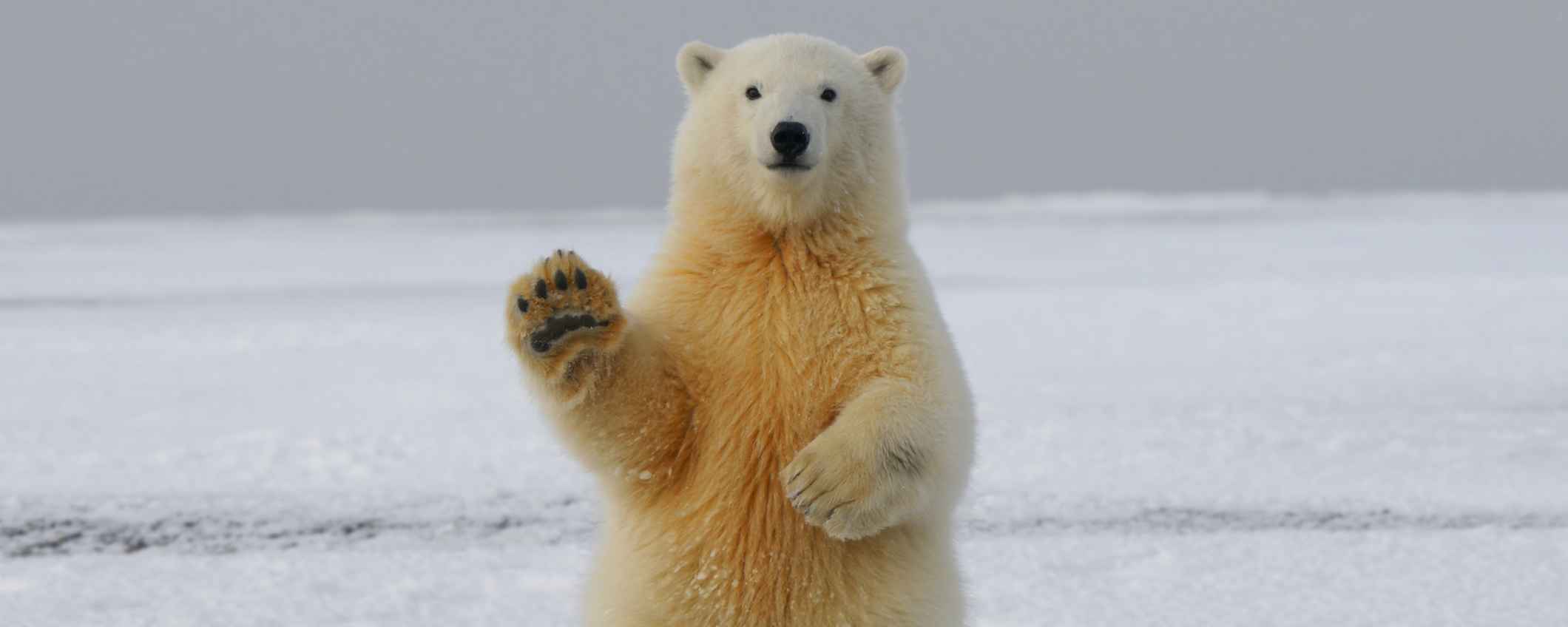You might be rounding off a pleasant dinner with some ice cream and before you know it you are talking economics. That is what happens in our house. But then again, we did have a small issue that was very much an economic problem: four different ice cream flavours and different preferences. This problem was easily solved by making our preferences known, choosing an ice cream and, in this case, making a deal for the next round, because cookie dough proved to be everyone’s favourite. A real-life example of the market mechanism, pareto optimal and intertemporal, in action. My kids gave me odd looks when I told them that.
This dessert shows in a nutshell why economists are perfectly capable of solving simple problems. Our chat about ice cream meandered on and we ended up talking about polar bears and sustainability. If economics are so useful for solving problems, why then are economists failing at saving the polar bears?
A good point. From an economic perspective, that basically comes down to the difference between price and value. We all quickly agreed that the price of a polar bear is probably not very high. Because who would go and buy a polar bear? And only the Inuit eat polar bear meat and use their skins to keep themselves warm. So, the direct economic market value of a polar bear is around zero. A somewhat simplistic conclusion might then be that it would be no problem at all if the polar bear became extinct.

Of course, my children were not having that. They intuitively understood that the value of a polar bear and the ice that it lives on is higher than the market price of a polar bear. Some time ago, I read the Dasgupta Review, which takes a comprehensive look at the economics of biodiversity, so I started to tell them about how economists struggle to put a value on our ecosystems. These are so complex that it is very tricky to establish their value and interdependencies. In this case: what would happen to biodiversity on the North Pole if polar bears were to disappear? Maybe nothing, but it could also be a tipping point for other species or the entire ecosystem. But let’s say that it does prove possible to establish their value, then it will still often be impossible to calculate a market price due to the complicated interdependencies of biodiversity. Over long periods of time, ecosystems can be in a kind of equilibrium state, but they may also collapse all of a sudden or reach a new, state (stable or not). Maybe without polar bears. For economists this poses a problem: if there is not a unique equilibrium, there is also not a correct price.
And there is another issue: institutional failure. We are failing to align our markets with the problems in our ecosystems. Even if we can calculate prices, as in the case of carbon emissions, charging taxes doesn’t work and neither does signing treaties.
The ice cream issue was simple. More complex problems, such as loss of biodiversity, cannot be solved just through the market mechanism. But economists still need to learn to understand that before the polar bear becomes extinct.
This is a translation of Hans Stegeman's column in , published February 23rd, 2021.
Read Hans' previous column 'Realistic interest rates'.

